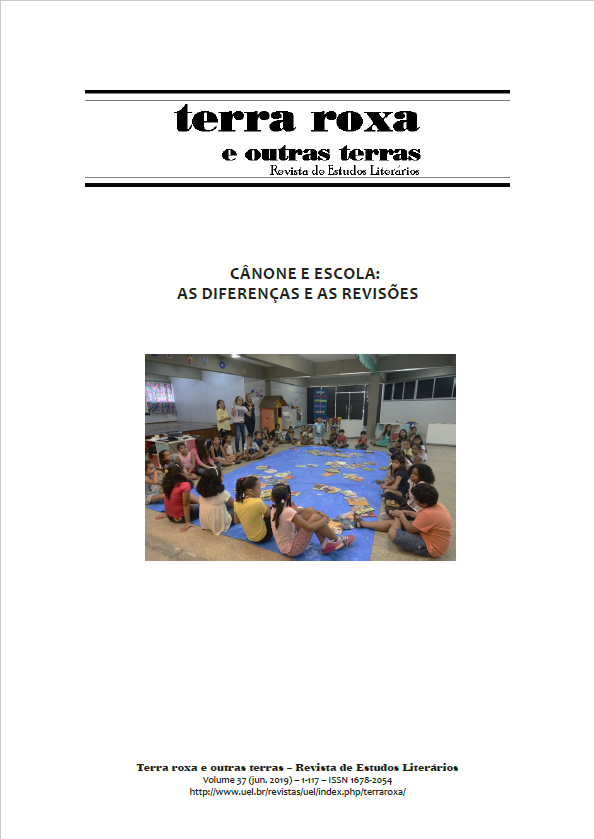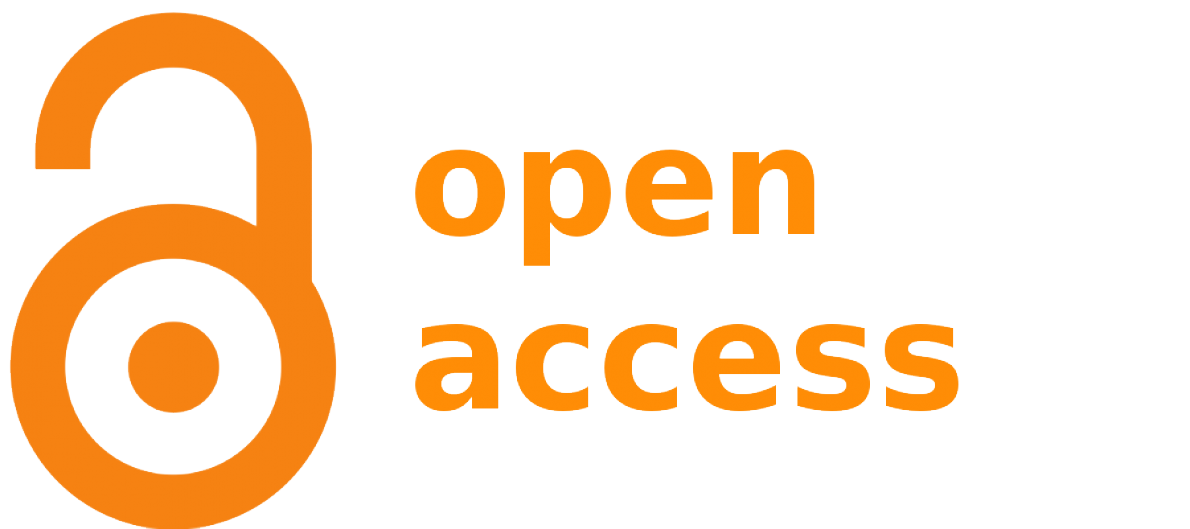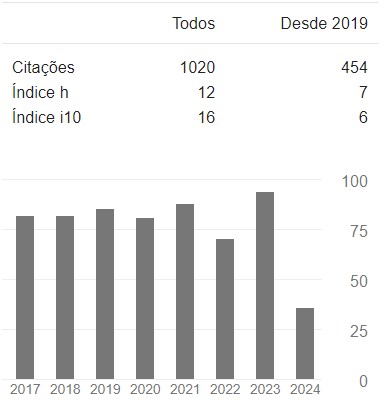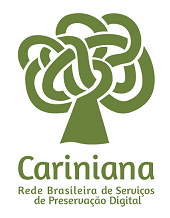Contemporary novels and the canon at school: visions and revisions
DOI:
https://doi.org/10.5433/1678-2054.2019v37p55Keywords:
Contemporary novels, Teaching of literature, CanonAbstract
This article intends to discuss the reading and the study of novels published in the last decades, in the specific scope of High School, in order to highlight some aspects of the contemporary literature that questions the borders and the limits traditionally attributed to this genre in school, based on their relations with the canon. In this sense, we propose to situate the debate considering the reality of teachers and students in the basic education grid in order to contribute to the revision of rigid concepts about the contemporary novel through, in particular, a revision of the conceptual spectrum of what is presented in textbooks, broadening the horizons of work with this genre in classes. Thus, we will take as a basis the thinking of Giorgio Agamben (2009) and Karl Erik Schøllhammer (2009) about the contemporary. Also contributing to this study are the works by Cereja (2004), Dalvi (2013), Lajolo (2016) and Oliveira (2013) about the relationships between literature and school.Downloads
References
ALFREDO, Bosi. História concisa da literatura brasileira. 44. ed. São Paulo: Cultrix, 2006.
BRASIL. Lei de Diretrizes e Bases da Educação Nacional. Lei número 9.394, 20 de dezembro de 1996.
CANDIDO, Antonio. Na sala de aula: caderno de análise literária. 4. ed. São Paulo: Ática, 1993.
CEREJA, William Roberto. Uma proposta dialógica de ensino de literatura no ensino médio. 2004. Pontifícia Universidade Católica de São Paulo, Tese (Doutorado em Linguística Aplicada e Estudos da Linguagem).
DALVI, Maria Amélia. Literatura na escola: propostas didático-metodológicas. Maria Amélia Dalvi, Rita Jover-Faleiros & Neide Luzia de Rezende (orgs.). Leitura de literatura na escola. São Paulo: Parábola, 2013, pp. 67-98.
Zoara Failla (org.). Retratos da Leitura no Brasil 4. Rio de Janeiro: Sextante, 2016.
KRAUSE, Gustavo Bernardo. O problema do realismo de Machado de Assis. Rio de Janeiro: Rocco, 2011.
LAJOLO, Marisa. Números e letras no mundo dos livros. Zoara Failla (org.). Retratos da Leitura no Brasil 4. Rio de Janeiro: Sextante, 2016, pp. 113-126.
NASCIMENTO, Evando. Matérias-primas: da autobiografia à autoficção – ou vice-versa. Rose Mary Abrão Nascif & Verônica Lucy Coutinho Lage (orgs.). Literatura, crítica, cultura IV: interdisciplinaridade. Juiz de Fora: Ed. UFJF, 2010, pp. 189-207.
OLIVEIRA, Gabriela Rodella de. As práticas de leitura literária de adolescentes e a escola: tensões e influências. 2013. Universidade de São Paulo, Tese (Doutorado em Educação).
SCHØLLHAMMER, Karl Erik. Ficção brasileira contemporânea. Rio de Janeiro: Civilização Brasileira, 2009.
Downloads
Published
How to Cite
Issue
Section
License
Copyright (c) 2019 Terra Roxa e Outras Terras: Revista de Estudos Literários

This work is licensed under a Creative Commons Attribution 4.0 International License.
Authors who publish in this journal agree to the following terms:
a) The authors retain the copyright and grant the journal the right of first publication, the work being simultaneously licensed under the Creative Commons Attribution-NonCommercial 4.0 International License, allowing the sharing of the work with acknowledgment of the authorship of the work and initial publication in this journal.
b) Authors are authorized to assume additional contracts separately, for non-exclusive distribution of the version of the work published in this journal (eg, publish in an institutional repository or as a book chapter), with acknowledgment of authorship and initial publication in this journal.
c) Authors are allowed and encouraged to publish and distribute their work online (e.g. in institutional repositories or on their personal page) after the editorial process, as this can generate productive changes as well as increase impact and citation of the published work (See The Effect of Open Access).
d) The authors of the approved works authorize the journal to, after publication, transfer their content for reproduction in content indexers, virtual libraries and the like.
e) The authors assume that the texts submitted for publication are of their original creation, taking full responsibility for their content in case of any objection by third parties.



















